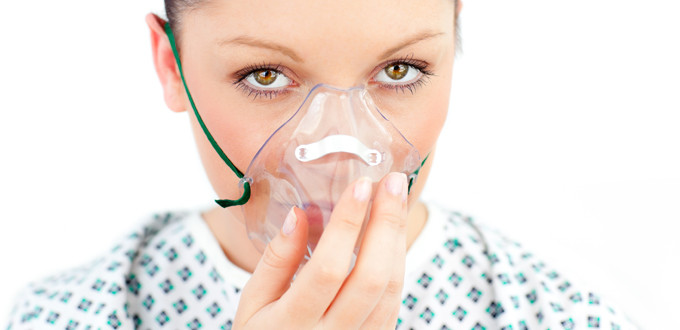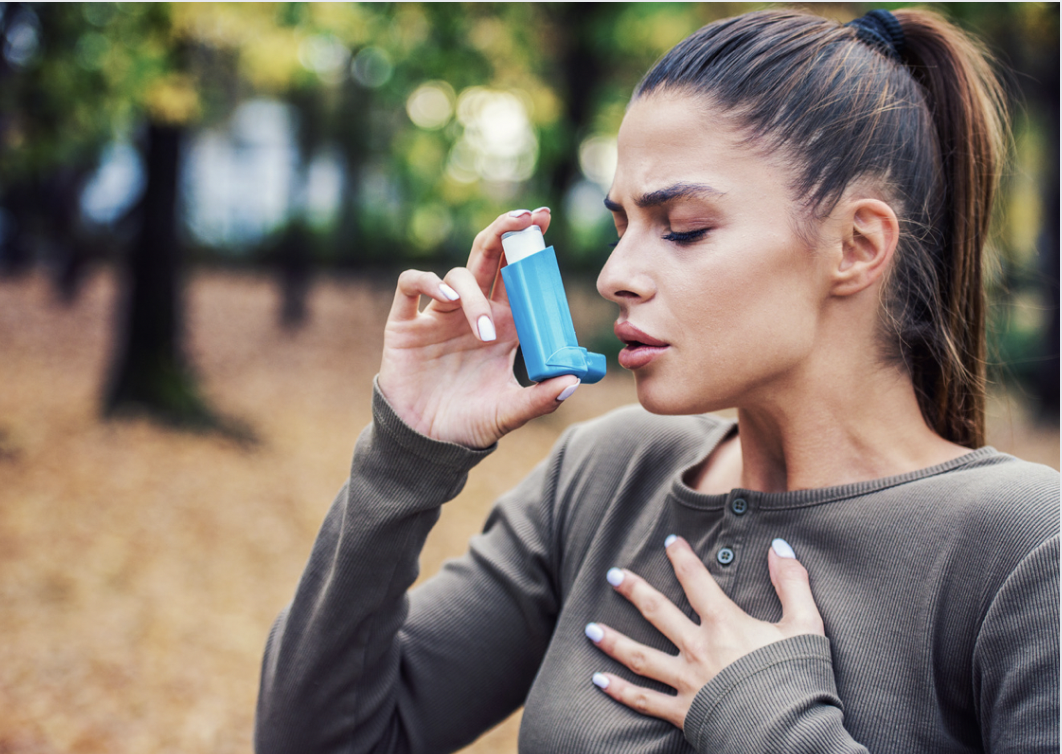Definition
Pneumonitis is a common term used to describe inflammation of lung tissue. Technically, the term pneumonia or lung infection is one type of pneumonitis because pneumonia involves infection by bacteria or other microorganisms that cause inflammation. However, the term pneumonitis is more specifically directed towards lung inflammation caused by factors other than infection.
Causes
Pneumonitis occurs when irritants inflame the air sacs (alveoli) in the lungs, triggering the immune system to produce inflammatory cells. This inflammation can lead to the filling of alveoli with inflammation and sometimes fluid, making it difficult for oxygen to pass into the bloodstream. However, oxygen must reach the bloodstream for distribution throughout the body.
Common causes of pneumonitis include airborne irritants in the workplace or during hobbies. Additionally, certain types of cancer therapy and medications can also cause pneumonitis. However, in many cases, the specific irritant causing inflammation may not be known or may be difficult to identify. Some common causes of pneumonitis are:
- Medications. Many drugs can cause pneumonitis, including certain antibiotics, chemotherapy drugs, and medications for heart rate control. Additionally, aspirin overdose can also cause pneumonitis.
- Fungi and bacteria. Repeated exposure to fungi and bacteria can cause lung inflammation. Specific types of fungal pneumonitis include "farmer’s lung" or "hot tub lung."
- Exposure to bird feathers or droppings is a common cause of pneumonitis.
- Radiation therapy. Some individuals undergoing radiation therapy to the chest, such as breast cancer or lung cancer patients, may experience pneumonitis. Pneumonitis can also occur after whole-body radiation therapy, which is necessary for preparing someone for a bone marrow transplant.
Risk factor
People with certain occupations or hobbies are at higher risk of developing pneumonitis. These include:
- Farming occupations that expose workers to agricultural dust, airborne pesticides, or straw fungus. Fungal particles can also be inhaled during wheat or straw harvesting seasons.
- Bird handling, such as poultry workers or those who breed or keep pigeons, exposes individuals to bird droppings, feathers, or other particles.
- Hot tubs and humidifiers, where moldy conditions can trigger pneumonitis due to the inhalation of vaporized mold. Home humidifiers can also harbor mold that often causes pneumonitis.
In addition to occupations and hobbies, individuals undergoing chemotherapy or radiation therapy to the chest are also at risk of developing pneumonitis. The combination of chemotherapy drugs with radiation therapy increases the risk of developing irreversible lung diseases.
Symptoms
The initial symptoms of pneumonitis usually appear after four to six weeks of inhaling an irritant. The most common initial symptom is difficulty breathing, often accompanied by a nonproductive cough. These symptoms resemble flu or other respiratory diseases and may include:
- Fever
- Chills
- Muscle or joint pain
- Headache
If a person is no longer exposed to the irritant, these symptoms will typically disappear within a few days. However, chronic (long-term) pneumonitis can occur if exposure continues untreated, leading to the formation of scar tissue in the lungs. Symptoms of chronic pneumonitis may include:
- Shortness of breath
- Dry cough
- Fatigue
- Decreased appetite
- Unintended weight loss
Diagnosis
To diagnose pneumonitis, the doctor will inquire about your medical history, including your occupation, hobbies, and medications. A physical examination, especially of the chest, will be performed, including using a stethoscope to listen to lung sounds. Several examinations may be conducted to differentiate pneumonitis from other lung diseases, including:
- Blood tests to rule out other diagnoses.
- Radiological examinations such as chest X-rays and/or CT scans to visualize lung changes. CT scans provide more detailed images than X-rays.
- Lung function tests, including spirometry and oximetry, to assess lung capacity and oxygen levels in the blood.
- Bronchoscopy, a procedure involving a small camera inserted into the airways to view the lungs and take samples.
- Lung biopsy, in which tissue samples are taken from parts of the lungs for examination.
Management
The primary therapy for pneumonitis involves avoiding irritants and reducing inflammation. Avoiding irritants can help alleviate symptoms.
For severe cases of pneumonitis, therapies may include:
- Immunosuppressive drugs, which reduce inflammation in the lungs by suppressing the immune system. However, long-term corticosteroid use can have drawbacks such as increased susceptibility to infections and osteoporosis.
- Oxygen therapy, which provides supplemental oxygen to alleviate breathing difficulties.
- Lifestyle changes, such as avoiding triggers as much as possible, particularly in occupations or hobbies where exposure to irritants is common.
The most crucial aspect of pneumonitis therapy involves lifestyle modifications to minimize exposure to triggers. For instance, if your occupation exposes you to irritants, it's essential to wear a suitable mask to prevent inhalation of these irritants.
Complications
If left undetected or untreated, pneumonitis can lead to irreversible lung damage or an inability to return to normal lung function.
In a healthy lung, alveoli expand and contract rhythmically with each breath. Prolonged inflammation of the alveoli's surface lining can result in scarring, reducing their elasticity. In severe cases, this condition, known as lung fibrosis, can cause the alveoli to become stiff, akin to dry sponges. Lung fibrosis may lead to complications such as right heart failure, respiratory failure, and even death.
Prevention
Unlike pneumonia, pneumonitis cannot be prevented by vaccination. Avoiding irritants associated with pneumonitis is key to prevention.
Regular maintenance checks on heating systems, air conditioning, and ventilation can help ensure they are clean and functioning properly, reducing exposure to irritants.
When to see a doctor?
Seek medical attention promptly if you experience shortness of breath.
Even if you are not experiencing shortness of breath but have other symptoms of pneumonitis, consult a doctor to detect and treat the condition before it becomes chronic.
- dr Anita Larasati Priyono
Pneumonitis - Diagnosis and treatment - Mayo Clinic. Mayoclinic.org. (2022). Retrieved 23 February 2022, from https://www.mayoclinic.org/diseases-conditions/pneumonitis/diagnosis-treatment/drc-20352628.
Pneumonitis: Symptoms, Causes, and More. Healthline. (2022). Retrieved 23 February 2022, from https://www.healthline.com/health/pneumonitis#risk-factors.
Pneumonitis: Symptoms, causes, and risk factors. Medicalnewstoday.com. (2022). Retrieved 23 February 2022, from https://www.medicalnewstoday.com/articles/319451#the-difference-between-pneumonitis-and-pneumonia.
Knott, D. (2022). Pneumonitis. Medical information about Pneumonitis. Patient.info. Retrieved 23 February 2022, from https://patient.info/doctor/pneumonitis.











